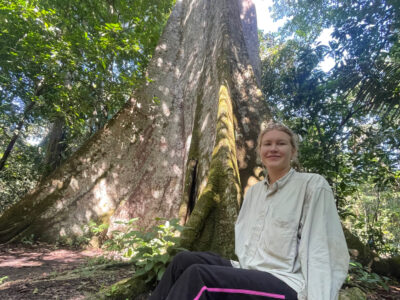By Shari Lifson
Women scientists in the developing world face particular challenges tied to their societies’ cultures and institutional norms. In this video, five women attending an agricultural science conference last June in Zimbabwe talk about some of these challenges.
More than 80 scientists from 24 countries attended the conference: the Agricultural Model Intercomparison and Improvement Project Regional Fundamentals Workshop, held in June at Victoria Falls, Zimbabwe. The participants included members of the project’s regional research teams from institutions in Sub-Saharan Africa and South Asia who, along with project leaders, have been co-developing protocols to assess the impacts of climate change on regional food security.
All five scientists in the video hold important positions on their regional research teams and are critical for the success of the project. The goal of the video was to listen to them describe in their own words the challenges they face, culturally or institutionally, in their pursuit of a career in the sciences.
Although the scientists in this video are from low-income countries, the problem of a lack of female researchers is by no means confined to the developing world.
According to 2011 U.S. Census Bureau statistics, 26 percent of science, technology, engineering and mathematics (STEM) researchers in the United States were women, only slightly higher than the 24 percent in Pakistan, and only a small increase since 1990. The amount of women graduating from universities with higher degrees is increasing, however it is clear that there are impediments in most cultures preventing those same women from pursuing a career in research after graduation.
Women currently engaged in STEM jobs can provide insight into the barriers that stop others from joining them and making an impact in science. Their stories and concerns highlight issues that need to be addressed to rebalance the unequal gender numbers typical of research positions around the world.
Shari Lifson is communications coordinator for the Agricultural Model Intercomparison and Improvement Project. A version of this post originally appeared on the project’s website.



